#biology facts
Text
let’s talk about the kiwi!!

(an info-dump about one of the weirdest, most scientifically interesting birds we know of today!)
so, we’ve all heard about ratites, right?
well, maybe you don’t know them by name, but you’ve most certainly either heard about them or seen them at some point.
some commonly known members of the ratite group are species like ostriches, emus, and cassowaries— as shown below:
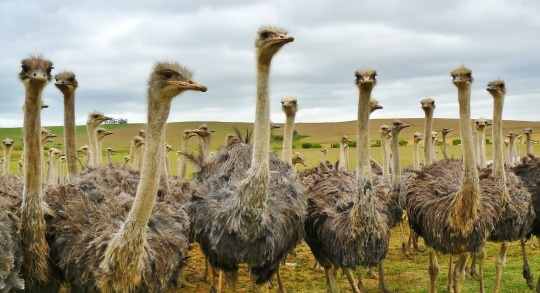
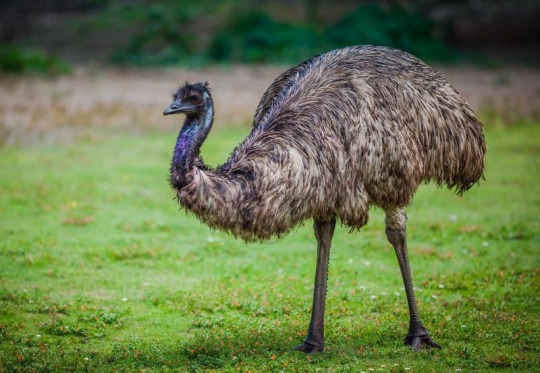
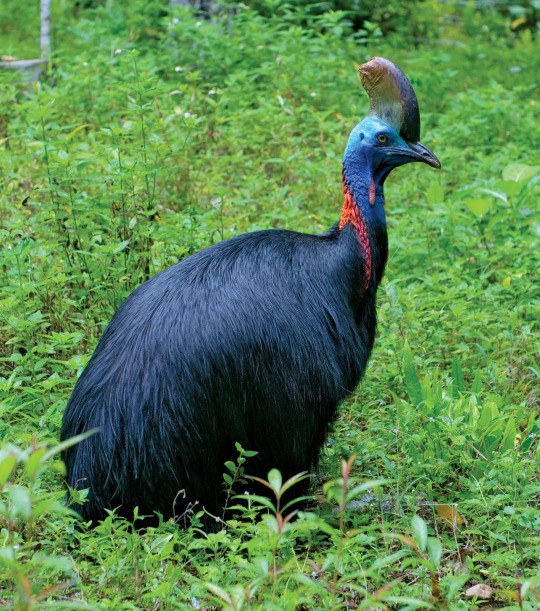
ratites are all flightless birds within the infraclass palaeognathae— the infraclass that none other than the (now extinct) moa and elephant bird belong to!
now, these birds all share very similar characteristics; they’re large, long-necked, and long-legged with big clawed feet. all of these birds are also diurnal— which means they’re primarily active during the day time, just like us!
however, there is one species in this infraclass that is not quite like the others..
the kiwi.
not only are kiwi significantly smaller than their fellow ratites, but they also happen to be nocturnal.
and despite being small, their eggs are incredibly large, taking up to around 20% of the kiwi’s body weight, which has caused a lot of rigorous debate between scientists on exactly why.
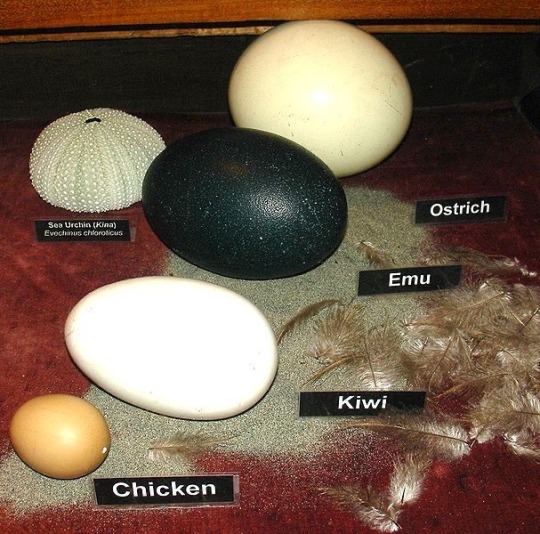
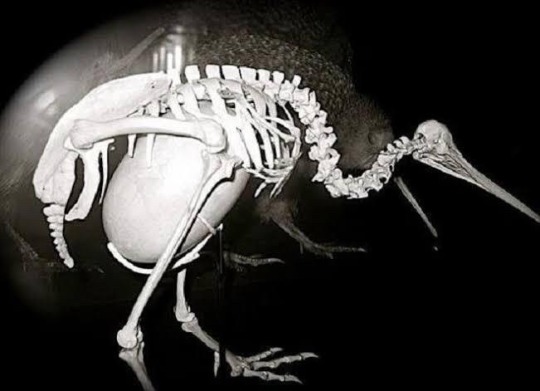
one outdated theory suggested that perhaps the kiwi had shrunk over time from previously being very large like its ratite relatives, while its egg remained big…. but this has been debunked in recent years.
the current consensus, while still a theory, is that the egg size has to do more with precocity than anything else;
kiwis are born precocial, which makes them pretty much immediately independent upon hatching, with the ability to run and feed themselves without the help of their parents.
modern DNA analysis suggests that the size of kiwi eggs is not just a left-over trait from ‘incomplete’ evolution, but instead the exact opposite— an evolved adaptation to ensure better chances of survival.
due to their sheer size, kiwi eggs house more yolk than average, which ends up keeping newly hatched kiwis nice and fed until they learn to forage food for themselves.
when mammals began to spread in new zealand, kiwis had way more predators to worry about, and it’s theorized that they were previously unequipped to deal with this startling introduction of land-predators, such as stoats and rats, that started feeding on their eggs.
this could explain why kiwi eggs have developed to be so large over time— they give the chicks plentiful nutrients and thicker shells to ensure a better chance of survival against predation.
so… yeah. kiwis produce monster eggs and no one fully knows why just yet. neat, huh?
and that’s not even where the weirdness ends, my friends!
on top of all of this, it’s been a running joke in the bird world that kiwis are ‘honorary mammals,’ not only because of their weirdly mammalian appearance, but also because of some of their atypical biological traits.
for instance, kiwis have an average body temperature of around 38 degrees celsius .. aka, 100 degrees fahrenheit.
while this is not typical at all for birds, this is very typical for mammals, which has stumped a lot of researchers over the years.
similarly, kiwis are also the only bird in the world with exposed nostrils at the end of their beak, which can help them detect prey by using scent instead of their vision, which is very poor.
so… yeah. kiwis are the nocturnal, freakish little cousins of some of the biggest, most dangerous birds on the planet, and scientists are, quite frankly, still a little weirded out by them.
#let me know if you all want more infodump posts like this!#this was fun:)#kiwi#kiwi bird#ratite#palaeognathae#apterygidae#birds#birdposting#bird facts#animal facts#biology facts#science#birdblr#informative#daemnblogging
85 notes
·
View notes
Text
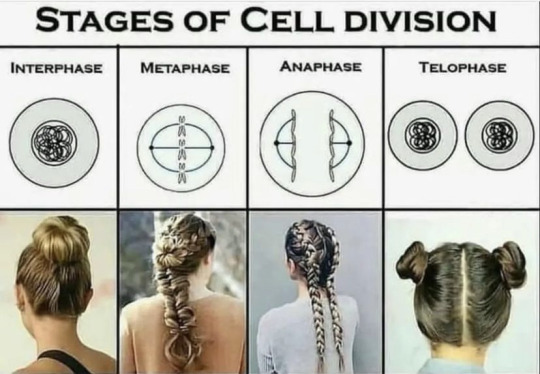
#biology#medicalschool#biotech#science#health#biologyisawesome#biologyisfun#education#celldivision#mitosis#biologystudent#cellbiology#biology facts#lifesciences#stem#biotechnology#college prep#chemistry#maths#math#motivation
1K notes
·
View notes
Text
Cepho fact #08
There are 2 main divisions of octopi; Cirrate octopus have 2 fins on their heads and have small hair like strands on their single row of suckers called cirri, Cirrate octopus also lack ink sacks and are deep sea dwelling.

You can see the fins on this dumbo octopus (Grimpoteuthis)
Incirrate octopus are the "stereotypical" octopus, they lack cirri on their suckers, and lack the fins on their head, but have ink sacks.
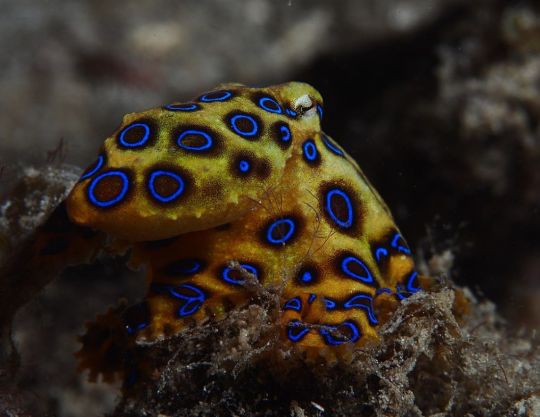
And you can see the lack of head fins on this Blue ringed octopus (Hapalochlaena)
150 notes
·
View notes
Text
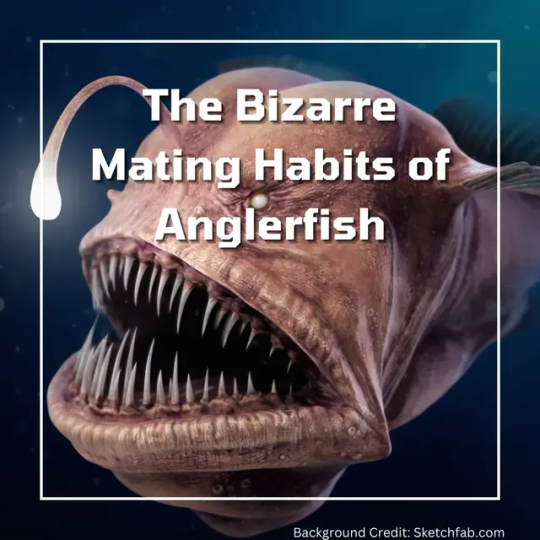

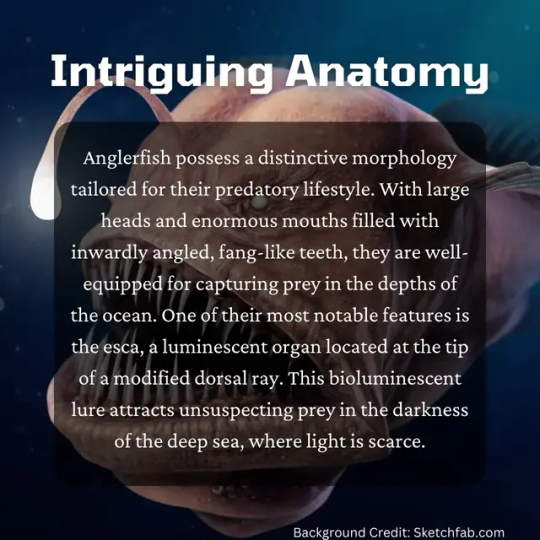

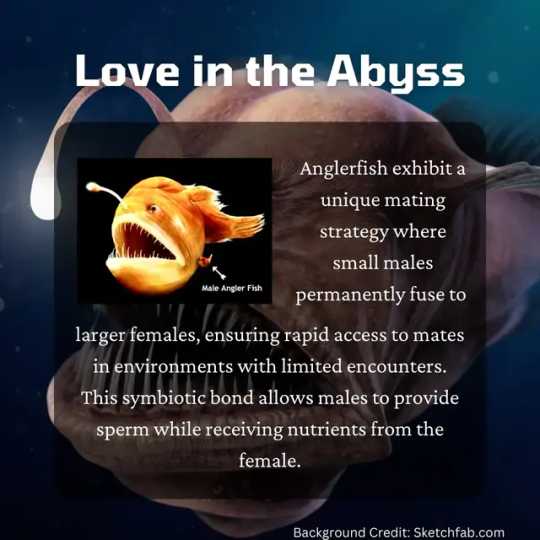

Anglerfish: "Til death do us part" is a bit too casual for us. We prefer "til we literally become one."
Read through to discover the bizarre world of deep-sea mating! 💑🐟
#anglerfish#fishblr#fish#deep sea#sea monster#sea creatures#ocean#sea#marine animals#mating#marine biology#marine life#animals#animal#zoology#biology studyblr#biology student#biology facts#biology#science#science facts#education#discover#scicomm#study blog#study blr#explore#simps for science
21 notes
·
View notes
Text
OK so fun Biology fact
if you are born of the female sex and you have a uterus and both ovaries you were born with the exact number of eggs you will have in your lifetime they don't multiply you have all of them at first breath. And that's cool in itself but then you think about your connection to your mother and your maternal line
because not only were you born with all your eggs your mother was born with all her eggs and her mother before that
you.
one of those eggs was you and that goes for all children your egg- the half of you that came from your mother was born with her.
isn't that amazing? you wanna know something else that connects you to your mother?
your mitochondria.
the mitochondria is only transmittable through the X chromosome. and it's thought to have been another organism entirely that ended up becoming part of your cell.
so not only was half of your existence already created with your mother's existence, but your mitochondria has also been shared through your entire maternal line.
there's an interesting way of looking at history through the lives of women... how many mothers ago was World War 1 for you? how many mothers ago was the death of king tut?
when you look at it that way doesn't time feel so small?
(pssst. some info here is wrong check my reblog)
#introspection#tw mother mention#i love my mom#feminism#maternal love#maternal line#history is written because of women#women#biology#biology facts#this got deep but i think its so cool to think about#im only three mothers away from WWI#history
28 notes
·
View notes
Text
Fun facts about the human body (for authors)
I collect weird facts for reference as I write, and I figured they might be useful to more people than just me. So here are a bunch of them, especially useful for murder mysteries, thrillers, and other spooky type stories:
Parts That Grow (or Don’t):
- Human hair (the kind that grows from your scalp) grows about a half inch per month. That’s six inches total a year.
- Fingernails grow 2.5-3.5 millimeters per month. Toenails grow at about half this rate.
- Fingernails grow faster in summer than in winter.
- Hair and fingernails do not grow after death. It is merely an illusion caused by the skin shrinking back.
- It’s a myth that your eyes stay the same size from birth to death. The diameter of the eye of a newborn is about 16.5 mm, while that of a full grown adult is about 24 mm.
Injuries:
- Bruises usually fade after two weeks.
- A broken bone usually takes 6-8 weeks to heal, but it varies from bone to bone. Hand and wrist fractures often heal in 4-6 weeks whereas a tibia fracture may take 20 weeks or more.
- A concussion is not a "convenient time-out" for someone who's bothering you. Every time a person is knocked unconscious, they are at risk of dying.
- It’s a myth that a concussion victim needs to be woken up every two hours, but they should be under constant supervision in case they stop breathing. They've had a traumatic brain injury and need rest. Waking them up will not help them, but you should still make sure they don't die.
Survival:
- The generally accepted rule of survival is that a person can go three weeks without food, three days without water, or three minutes without air, but these are only estimates and depend greatly on other variables.
- Though incredibly rare with the modern American diet, after about a month with no vitamin C, a person can develop scurvy, the old-timey pirate disease. It starts with lethargy and malaise, and after a few months of poor diet can move on to easy bruising and loss of teeth!
- LD50 is a term referring to the amount of a substance that has a 50% chance of causing death. This is a handy way to Google the average lethal dose of any substance. For example, the LD50 of caffeine is estimated between 150 to 200 mg per kilogram of body mass.
Death:
- People’s eyes often do not remain closed after death. Morticians have a special tool that goes under the eyelids to keep them closed for viewing at a wake.
- The stages that follow shortly after death are: corneal opacity (clouding of the eyes), pallor mortis (paleness of the skin - happening with 15-25 minutes after death), algor mortis (reduction in body temperature, which steadily declines), rigor mortis (when the limbs become stiff and difficult to move - typically lasting no longer than 8 hours at “room temperature”), livor mortis (blood settling in the lower portion of the body - starts in about 29-30 minutes), and putrefaction (the beginning of decomposition).
#writer things#human body#fun facts#biology facts#i look up the weird stuff so you don't have to#reblog to save a writer
20 notes
·
View notes
Text
Environmental psychologists have proved that the color of a room can influence productivity. People are most productive in blue rooms, for instance.
#medblr#studyblr#facts#medblr facts#medical facts#medical#anatomy#biology#physiology#anatomy facts#biology facts#physiology facts#blue#color facts#psych#psychology#psychiatry#psych facts#psychology facts#psychiatry facts#environmental psychology
17 notes
·
View notes
Text
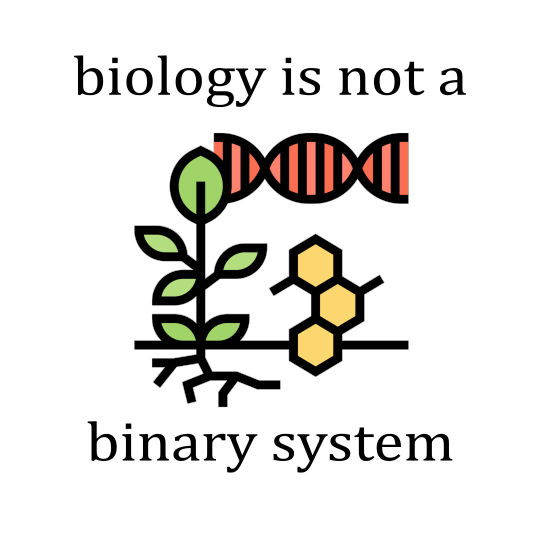
#plants#botany#gardening#environment#garden#queer community#nonbinary artist#lgbt artist#lgbtq community#lgbtqia#nonbinary pride#genderqueer#science#biology#biology facts#ecology#environmental science
10 notes
·
View notes
Text
"Survival of the fittest"? No, survival of the sluttiest
#im learning about phylogeny and had this realization#its always the organism who can fuck the fastest who passes on its genes#doodle rambling#biology#biology meme#women in stem#stem#biology facts
12 notes
·
View notes
Text
WHOOOP WHOOP #marine biology is trending, so I absolutely have to share some of my favourite marine bio facts with you:
1. Take two breaths right now. Nice, right? Ok, did you know that statistically you owe every second breath of oxygen to the ocean? More than half of the oxygen in our atmosphere is generated by marine life! Mostly tiny algae and stuff. Microscopic life! Sure, rain forests are cool and all that, but the ocean binds A TON (several billion tonnes actually) of carbon dioxide and provides us with A TON of oxygen in return. Taking up around 25% of the emitted carbon dioxide, the ocean is responsible for cleaning and refreshing our air. We can breathe because of the ocean. Just think about that for a sec.
2. Most of you might already know this, but for those of you who don’t: There’s a tiny underwater slug that’s actually only been discovered fairly recently. Its name is “leaf sheep sea slug” and it’s goddamn ADORABLE.
I mean, c’mon. Look at its face:

And you know what’s even more amazing than its cute lil face? Next to corals, these tiny slugs are the only animals that are reportedly capable of photosynthesis! (And yea, corals are animals. And they’re also capable of photosynthesis. Actually, that works in a similar way as it works for the leaf sheep.) This slug is capable of preserving the plant cells that it eats in those leaf-like things on its back, making it possible for the slug to benefit from the photosynthesis of the chlorophyll in the cells! Free sugar, if you will. Nature is so smart. (And just look at its little face.)
3. During the first descent into the Challenger Deep, the deepest point of the Mariana Trench, which lies at a whopping depth of about 10,9 kilometres under the sea level, two men were aboard the little vessel that was used for the descent. Jacques Piccard and Don Walsh manned the vessel called Trieste on Jan 23rd 1960. BUT HERE’S THE CRAZY PART: At around 9 kilometres under the sea level, the two men heard a loud cracking noise. They found the source: the heavy pressure down there had cracked one of the outer plexiglass windows!
and guess what. Those two madmen decided to keep doing down despite of it all! They reached the ground, too, making them the first two people who’d ever seen the deepest point of the earth. After coming back up (both the descent and the ascent each took about 4-5 hours) they reported life forms, which was just WILD to think about, because everyone had just assumed that that wouldn’t be possible in such depths. It is, though. There’s sea cucumbers and stuff :)
#Ocean stuff#Marine biology#yeah i want to do my masters in that shit#Catch me in the challenger deep a few years from now xoxo#Biology#ocean#climate change#mariana trench#challanger deep#Leaf sheep#Cute animals#biology facts#science#i like science#<3#rambles
31 notes
·
View notes
Text
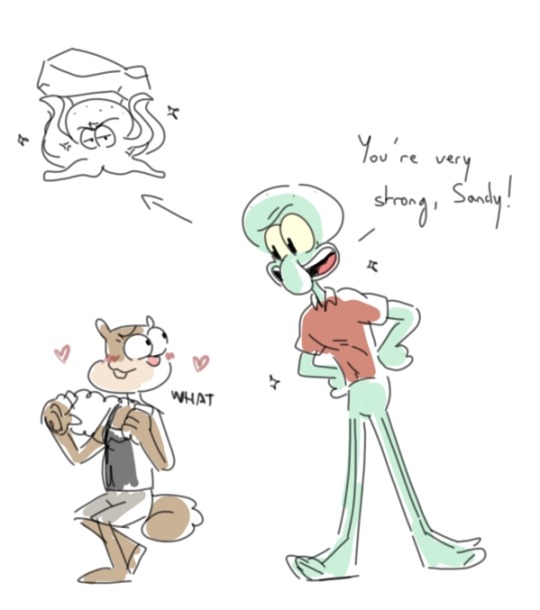
If Spongebob was 100% biologically accurate, Squidward would be strong asf like REAL octopuses...AND YES B)
Apparently, octopuses can lift VERY heavy things
15 notes
·
View notes
Text
Today's Bat: Fringe-Lipped Bat
Your best friend sets you up on a blind date. She says, "He's a real foodie, has great facial hair, and he makes his own cologne!" You're a little apprehensive when you're packed into a Jeep, and become even more so as you're taken out to the Peruvian Amazon. You find yourself alighted to a beautiful stream... the romance in the air crests... and you look up into the face of your date:

Environmental Impact: These guys are fairly omnivorous, though they're best known for eating frogs (more on this in the Power rating). They've got a wide range across northern South America, and are of no conservational concern. Their usefulness knows no bounds: they're a foundational food source for predators, they control pest species like katydids and mosquitos, they provide fertilizer in the form of guano, and they're choice research specimens thanks to their sociable natures and unique behaviors.
🦇🦇🦇🦇🦇/5
Beauty: Look at that mug. Those namesake lip protrusions are a real showstopper. Additionally, Fringe-Lipped Bats are famous perfumeries: they're well-studied for their "forearm crusts", which are orange patches along their wings where they cake a musk-and-fruit scented mixture of glandular secretions and saliva. These crusts are lady magnets (read: sexually selected traits). Researchers have reported locating roosts based on the group's collective odor. If human beings can appreciate the smells of whale vomit and beaver ass, I think we can make room in our hearts for Fringe-Lipped Bat crusts.
🦇🦇🦇🦇/5
Power: As promised, it's time to discuss this bat's superpower. The whiskers aren't just for show: they can sense the presence of poison. This, combined with their ability to differentiate between vocalizations, allows the bat to select only the most delicious frogs. They have the ability to eat nearly anything (including other bats!!), yet they continue to refine their palates. Respect.
🦇🦇🦇🦇🦇/5
Overall: The Fringe-Lipped Romeo is infinitely loveable. I'd highly recommend looking into Merlin Tuttle's research and photography of this species... and honestly, everything else Merlin Tuttle does. No further notes.
🦇🦇🦇🦇🦇/5
(Today's sources: Animal Diversity Web, Animalia, and the following resources borrowed from my local library:
Flores, Victoria, et al. “The Role of Male Forearm Crust Odour in Fringe-Lipped Bats (Trachops Cirrhosus).” Behaviour, vol. 156, no. 15, Dec. 2019, pp. 1435–58. EBSCOhost, https://doi.org/10.1163/1568539X-00003573.
Merlin D. Tuttle, Michael J. Ryan, Bat Predation and the Evolution of Frog Vocalizations in the Neotropics. Science 214, 677-678 (1981).DOI:10.1126/science.214.4521.677)
5 notes
·
View notes
Text
The Smithsonian National Museum of Natural History has 2 giant squid (Architeuthis dux) specimens.

A Male ^
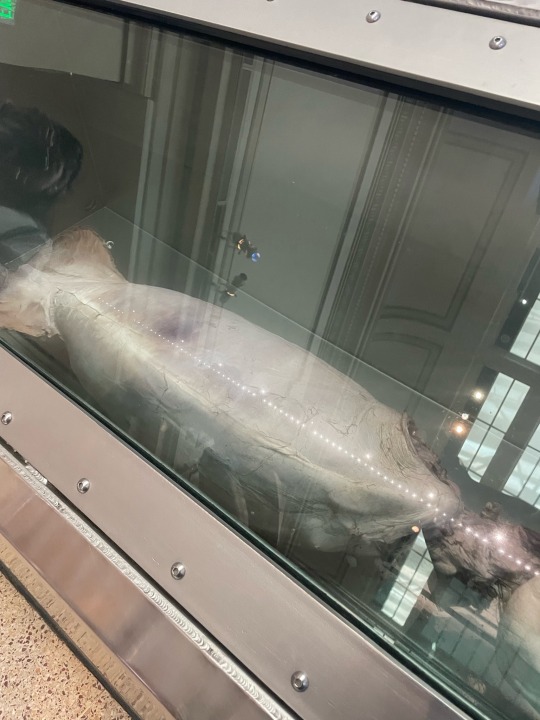
And a female ^ (This specimen is laying horizontally across the hall in museum, stretched out)
#cephalopod#cephalopods#marine biology#squidtember#squid#marine life#biology facts#sorry the about the quality of the pictures#its really cool and completely free to get into the museum
101 notes
·
View notes
Text

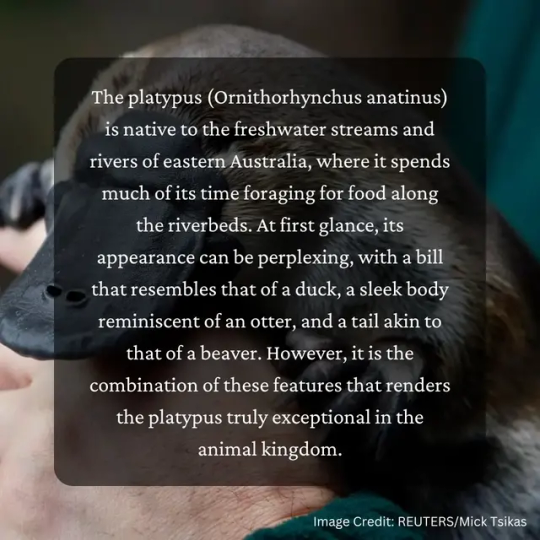

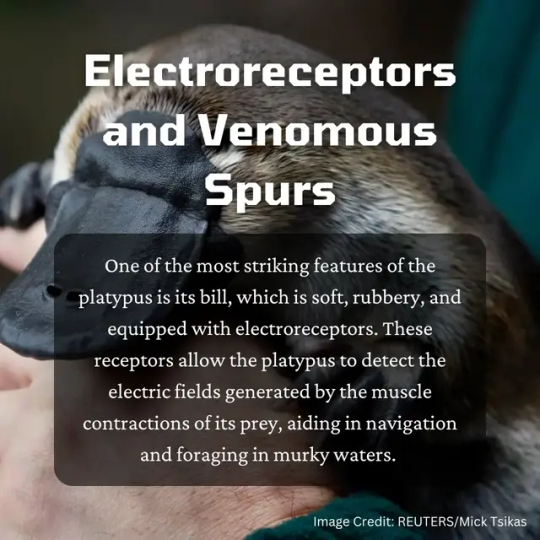
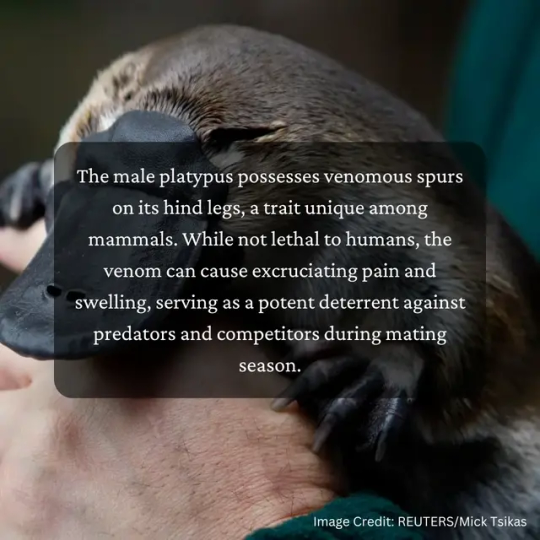
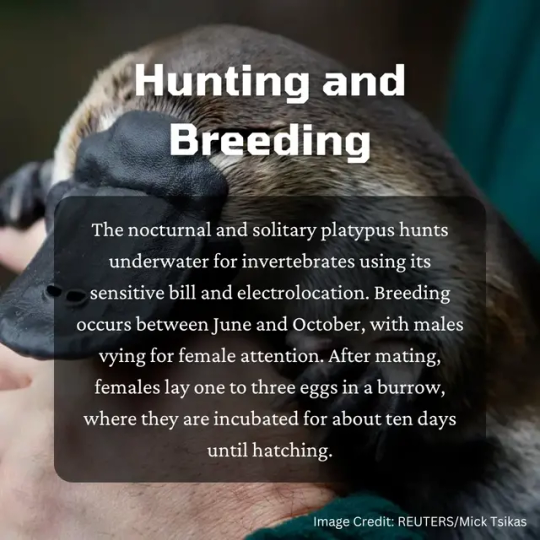
Duckbill? Otter feet? Egg-laying mammal? 🦆🦔🥚 Meet the platypus, nature's ultimate mashup! This quirky cutie is full of surprises.
#platypuses#perry the platypus#platypus art#mammal#monotreme#biology facts#biology#biodiversity#biology studyblr#biology student#zoology#animal#animals#fauna#australia#science#science facts#education#discover#scicomm#study blog#explore#hunting#endangered#endangered animals#simps for science
12 notes
·
View notes
Text

Reasons Why Heart Attacks Might Occur In Teenagers
Read More - https://todayhealthlife.com/blog/
#wellbeing#heartattack#health and wellness#healthcare#healthyfood#healthyliving#heartache#heart disease#heartdieasetreatment#health facts#biology facts#biology#self care#self healing
2 notes
·
View notes
Text
I think a lot of people wish to be able to talk to animals. But, in fact, you can! But not in the ordinary human way as you used to do.
The body language is still a language! Watch on your cats tails to know their mood, watch as your dog changes their pose to show excitement, if you do horse riding than just notice how it slightly bumping you not in order to annoy you, but to tease. People just underestimate the power of this kind of communication. You just have to pay attention! There are some common signs and gestures for species, if you try you will rapidly find out about them and even be able to use some to "talk" yourself. Cats' and dogs' language can be easily googled, man, just give it a try.
I believe that it is not only interesting and entertaining thing to learn, but actually really useful in bonding with pets.
#dogs#cats#biology#biology facts#pets#body language of animals is cool#i realised it not a long ago and can't stop think about it#humans also have it but we use it more unconsciously
2 notes
·
View notes